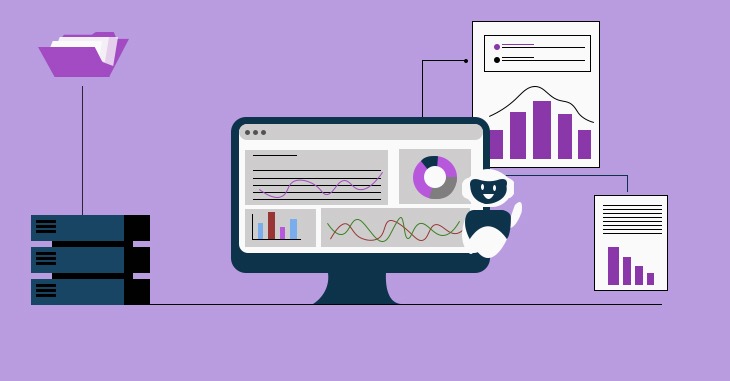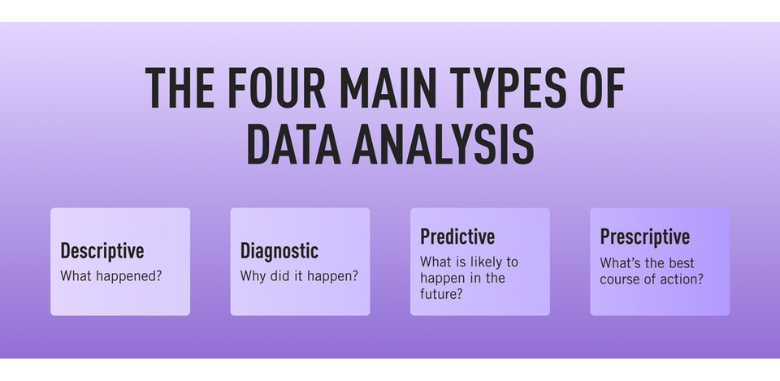
You might have heard of Data Analytics before and wondered what does that term mean or you would have just googled it. The first thing that pops up in our mind on hearing ‘Data Analytics’ is: lots of data stored on a computer. Well, that makes sense but there’s a lot more to it!
Data Analytics is a broad field, in fact a whole science in itself. Data Analytics means to analyze the raw data and transform it into some meaningful conclusions that help make decisions about your business. For example, you are running a clothing store, and you want to introduce a new collection. But you don’t know when is the best time to do that. Fortunately, a friend of yours tells you to release your new collection at the time of year when sale is usually the highest. You open your sales record, and you are confused about what to do next. Don’t worry, Solutyics is right there for you!
What Types of Data Can Be Used for Data Analytics?
There are different types of data, while two types are vastly used: text data and numerical data. Both these types of data are useable for Data Analytics. Text Analytics is a sub-field of Data Analytics which includes different techniques suitable only for text data.
Read in depth how the Data Analytics benefits any kind of Business.
What Are the Different Types of Data Analytics?

Descriptive Analytics
This is first step of analyzing the data. It tells us what has happened and what is happening. It simply describes the data. For example, it tells us the number of units currently produced or total number of employees fired last year.
Diagnostic Analytics
Diagnostic Analytics focuses on why did something happened. Suppose Descriptive Analytics tells you that number of units produced in a week are 300. However, your demand per week is 315 units. You now try to diagnose the reason. By investigating and analyzing inventory data, you find out that there was less inventory available and the raw material was thus not sufficient to produce the needed units.
Predictive Analytics
From now on, you decide to predict the number of units in demand beforehand, so the inventory never diminishes. Here is when Predictive Analytics comes into action. It helps you to predict patterns, trends and what could happen next.
Prescriptive Analytics
Prescriptive Analytics focuses on prescribing a solution to a problem. Suppose Predictive Analytics tells you that there is going to be a decline in your demand next month. Declined demand means a declined sales. Now, you need to switch to Prescriptive Analytics. It would help to provide an answer to your question: “How to increase sales for next month?
Well, you don’t need to do all that stuff by yourself. We, at Solutyics provide you our best expertise in the best way. Take your first step towards the Data Analytics and feel free to contact us!
Author
Team Solutyics is a dynamic group of Analytics and AI specialists who bring together a rich mix of expertise. Their combined insights ensure that readers gain a deeper understanding of practical applications of Analytics and AI.

Comment (1)
[…] Skanska uses analytics for real-time project monitoring, resource optimization, and risk management. This approach has […]